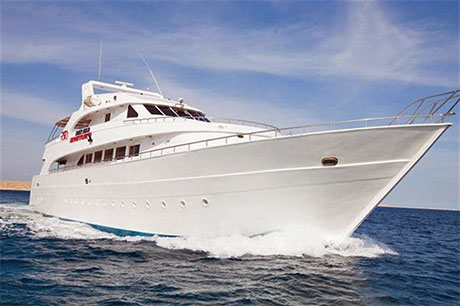Book Review: Scapa Flow Dive Guide
-
Scapa Flow Dive Guide
Lawson Wood, Aquapress, 176 pages .

On Midsummers Day in 1919, a German Admiral ordered the German High Seas Fleet to be scuttled. Seventy-four German ships had been anchored at the Orkney Islands of Scotland. They were sunk to prevent them being divided up amongst the allies. Many of the ships were recovered for salvage; but those remaining submerged have helped make Scapa Flow into one of the most popular dive sites in Europe.
Lawson Wood's book is a comprehensive guide to diving Scapa Flow. The book begins with an introduction to the Orkneys and a history of the German High Seas Fleet. It goes on to cover travelling to, and staying in, Scapa. The rest of the book is a guide to the diving
It is a very extensive guide covering 75 wrecks and 9 reefs. Wood gives the history of each wreck and has plenty of photographs of the dives and the ships. He also provides sea-bed scans of the wrecks and detailed descriptions of each dive site. For each site there is a key points box with a summary of vital information such as location, depth, access and diving experience required. The book is well illustrated and laid out, which together with Wood's writing makes it a pleasure to read.
Many divers assume that you must be extremely experienced to dive Scapa Flow, but the book makes plain that even novice divers can enjoy a good diving holiday there. All of the Motor Torpedo Boats and Blockships are in less than 18 m (60 ft) with many in less than 9 m (30 ft). Lawson Wood rates these as "quite possibly some of the best shallow shipwrecks in the world".
If you are considering going to Scapa Flow then this book is a must. I would buy it well in advance to help you prepare for the trip, deciding where to dive and what equipment to take. It is a great diving guide which is a blend of detailed diving information, wreck history and local information.
About the Author
Lawson Wood has written more than 40 historical and diving guides, including the successful Shipwrecks of the Cayman Islands. He is a founding member of the Marine Conservation Society and founder of the St.Abbs and Eyemouth Voluntary Marine Nature Reserve in Scotland. He made photographic history by becoming a Fellow of the Royal Photographic Society and Fellow of the British Institute of Professional Photographers solely for underwater photography. He is also a Fellow of the Royal Geographical Society.Review by Andrew Reay-Robinson

